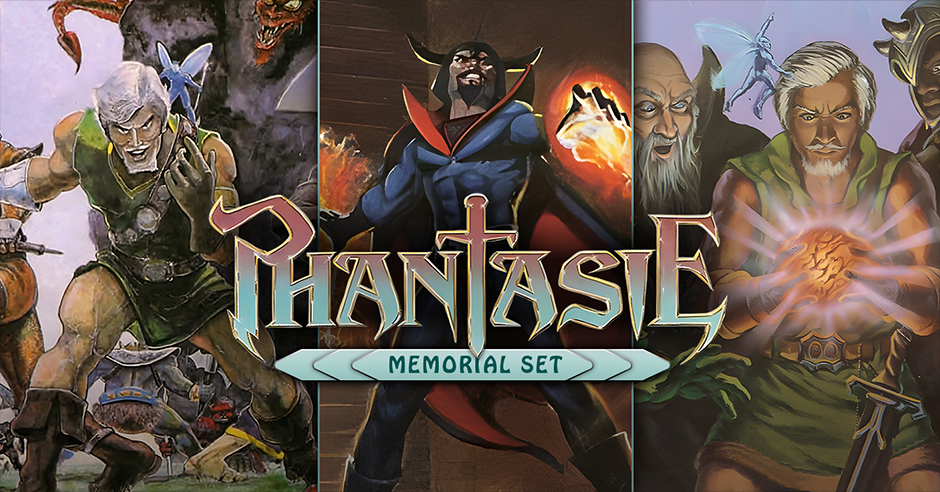 Phantasie series conjured into existence with the design by Winston Douglas Wood and publication by Strategic Simulations, Inc. The trilogy consists of Phantasie I (originally released in 1985), Phantasie II (1986), and Phantasie III: The Wrath of Nikademus (1987).With their spellbinding combination of innovative gameplay, expansive worlds, diverse classes and customization option, and a sense of true adventure, the games not only achieved great success shortly after their release, but have also rightfully earned their place as iconic masterpieces throughout the years.
Phantasie series conjured into existence with the design by Winston Douglas Wood and publication by Strategic Simulations, Inc. The trilogy consists of Phantasie I (originally released in 1985), Phantasie II (1986), and Phantasie III: The Wrath of Nikademus (1987).With their spellbinding combination of innovative gameplay, expansive worlds, diverse classes and customization option, and a sense of true adventure, the games not only achieved great success shortly after their release, but have also rightfully earned their place as iconic masterpieces throughout the years.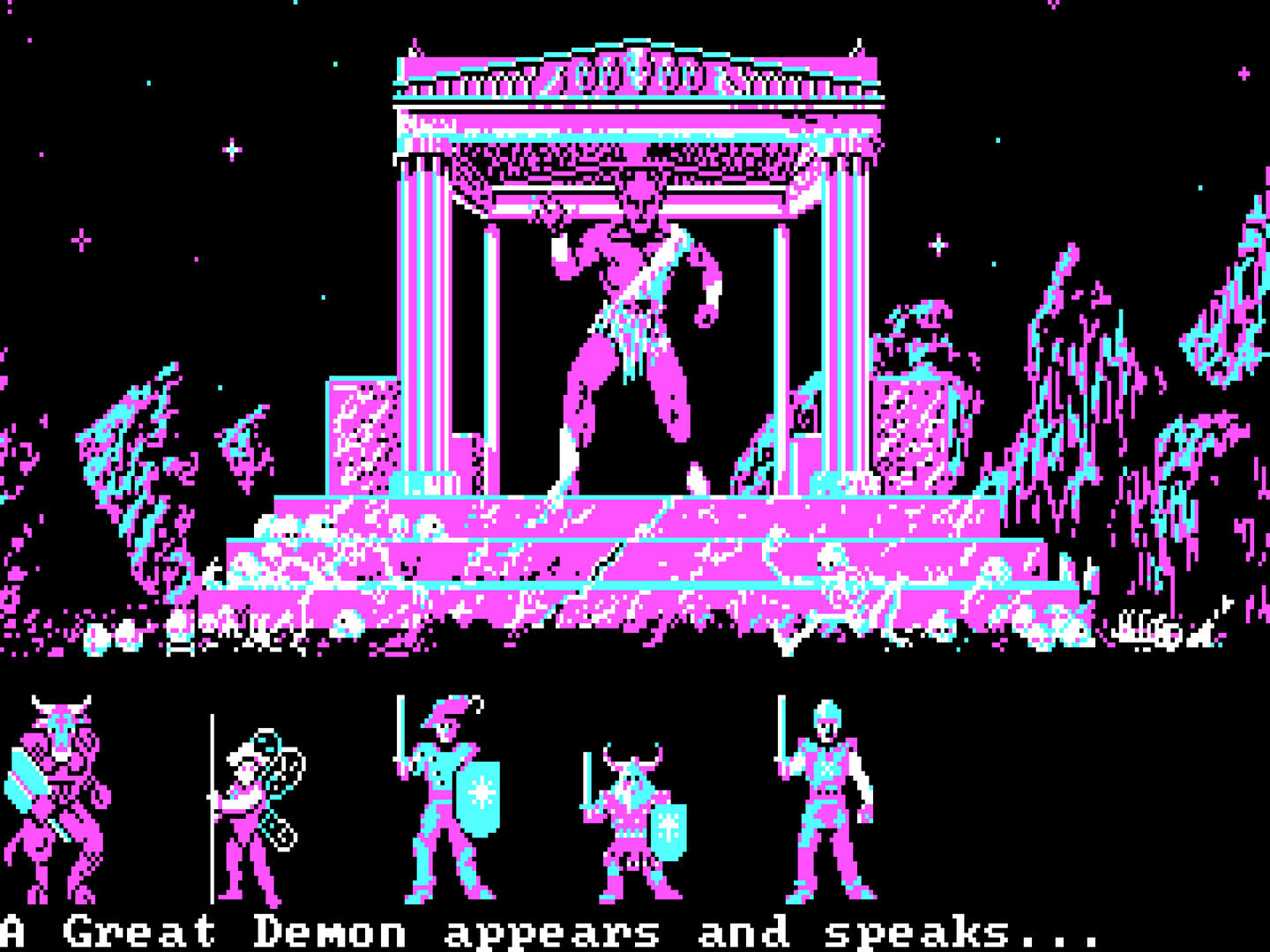
Phantasie I (1985)
Phantasie I was one of the early computer RPGs that helped establish many of the conventions of the genre. It featured a party-based system where players could create a group of characters to explore a fantasy world.This fantasy world was the medieval isle of Gelnor and the group commanded by the player could consist of characters with such classes as monk, priest, wizard, ranger, thief, or fighter, and races of all kinds: humans, gnomes, elves, orcs, lizardmen – just to name a few. With this motley crew, the player searches the lands for the Nine Rings to help wipe out the scourge of Gelnor — the Dark Lord and his evil minions.Phantasie I was notable for its depth of gameplay, offering a relatively open world to explore and a diverse range of monsters and challenges. By mapping out new terrain, traversing through maze-like dungeons, solving puzzles, learning spells, gaining experience, and battling countless monsters, it provided an exciting and enchanting adventure that wouldn’t be found anywhere else.
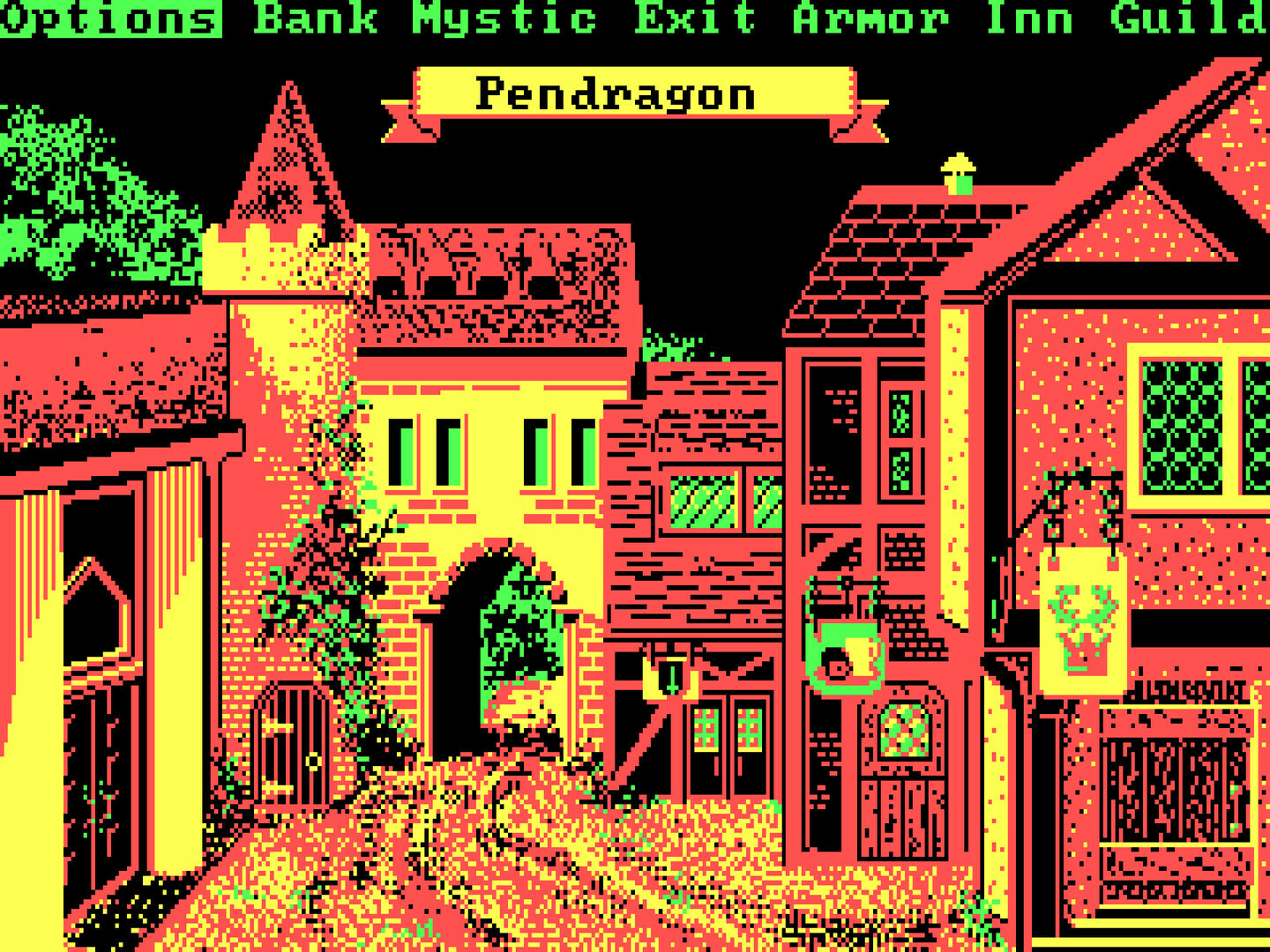
Phantasie II (1986)
The second entry continued the success of the first game and built upon its foundations. It was praised for its improved graphics, expanded gameplay mechanics, and a larger game world. It was set in a different part of the world of Gelnor, and players had to thwart a new evil threat.This time the quest was to remove the evil warlock's curse, but all the players knew at the start was that locating the orb requires a danger-filled search of a vast wilderness and of dungeons, a trip to the Astral Plane and the Netherworld – wherever they are.Once again, the players commanded a band of one to six adventurers, each endowed with the skills of a monk, priest. wizard, ranger, thief, or fighter. During the quest, heroes in the party gathered treasure, solved puzzles, learned spells, and of course battled the Dark Lord's countless hordes. All in all, Phantasie II provided more of the same goodness known from the original entry and maintained its tapestry of lore, challenges, and wonders.
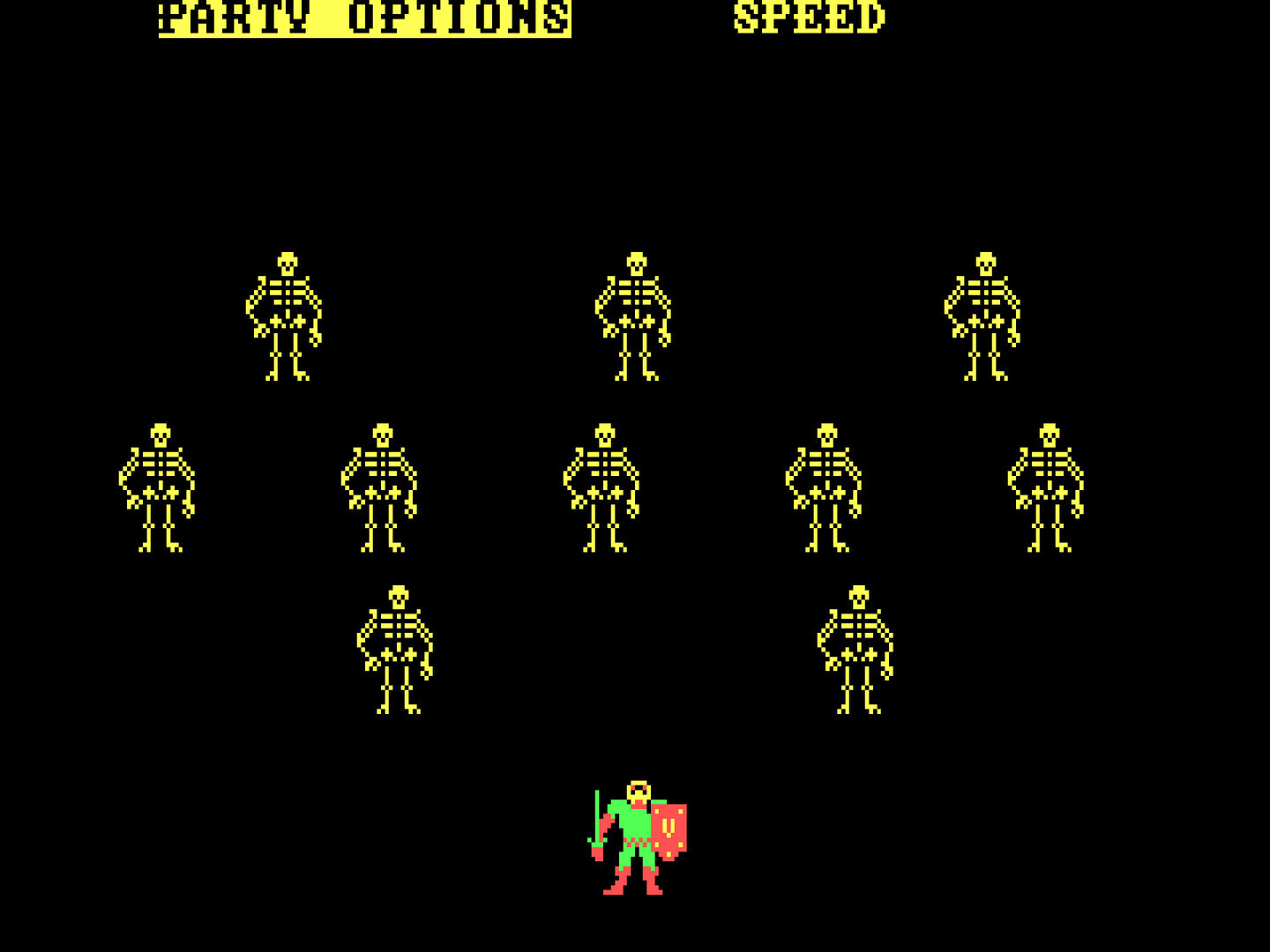
Phantasie III: The Wrath of Nikademus (1987)
Then, the time has come for a final confrontation against The Dark Lord. Phantasie III concluded the trilogy with an epic clash with the main antagonist, Nikademus, tying up the storyline that had spanned the previous two games. It was a fantasy adventure game far greater in scope, complexity, and challenge in the world of Phantasie.Taking the saga to new heights, the final chapter whisked players away to the captivating island of Eolia. This time, Nikademus has set his evil sights on conquering not only an island, but the entire world. And of course it was no other person than the player, who was chosen to undertake the difficult and dangerous quest of stopping him.While maintaining the strategic turn-based combat, character progression, and exploration system, The Wrath of Nikademus boasted a number of new and improved features. Bows and arrows, as well as more potent spells have been added to the long list of weapons. During combat, players could move each character to the front, middle, or back of the party. Ability to aim the spells at different ranks of the enemy was also there. The player was in charge of which skills an individual character should improve on as they gain experience. Even wounds were specified by body location and extent of injury. The game also pushed the boundaries of graphical technology, immersing players in captivating environments that pushed the limits of 1980s gaming.It was a journey that satisfied the wildest fantasies and a perfect ending to the trilogy.
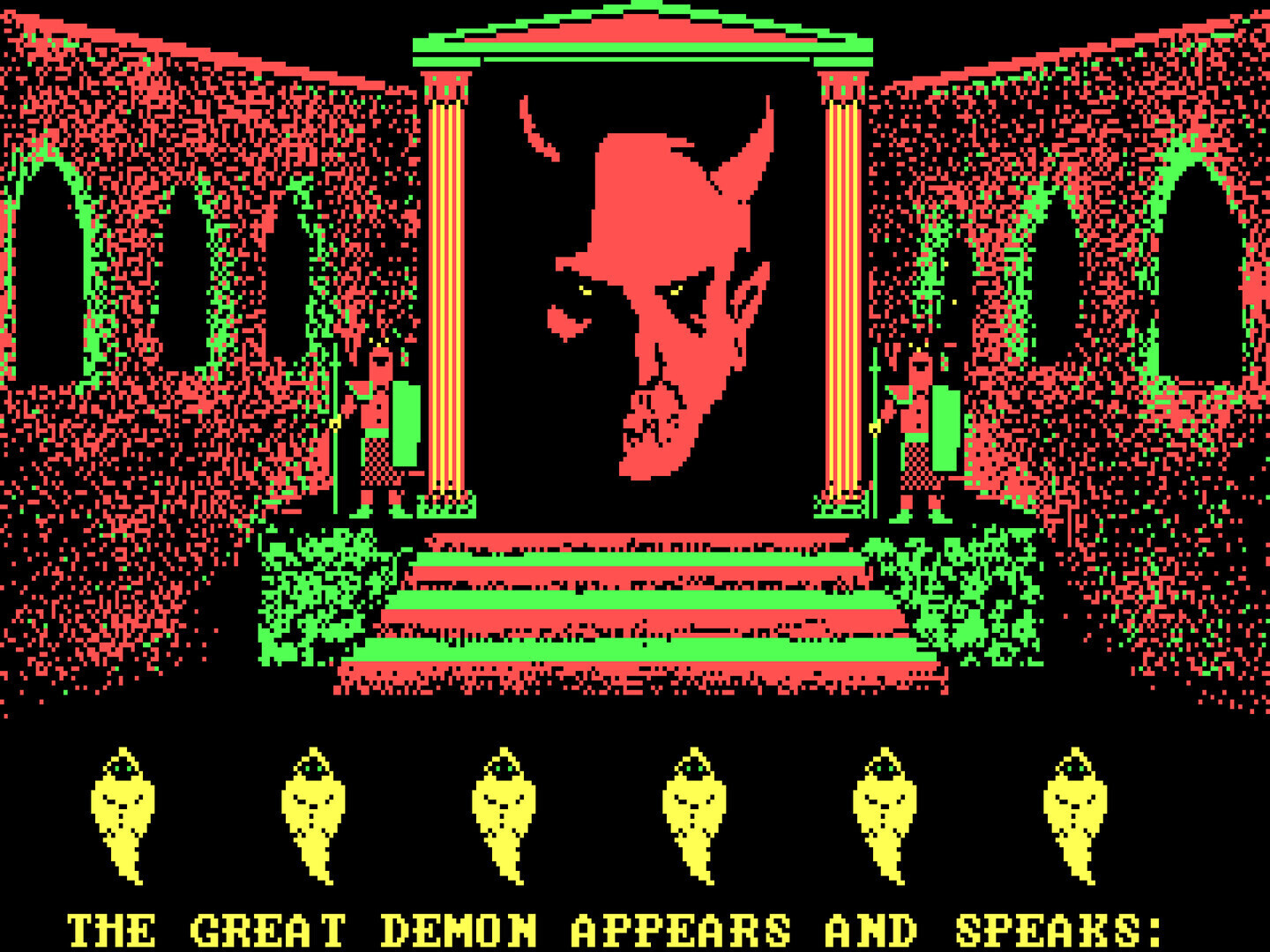 As the sands of time continue to flow, the Phantasie series stands tall, an iconic monument in the RPG genre. Each entry in this mesmerizing saga contributes a unique brushstroke to the masterpiece, inviting both seasoned adventurers and new initiates to partake in the timeless allure of classic role-playing adventures.Whether you’re rediscovering these digital gems for a journey down memory lane or embarking on a brand new quest into the unknown, the Phantasie games are here to offer you the very best of good old games.
As the sands of time continue to flow, the Phantasie series stands tall, an iconic monument in the RPG genre. Each entry in this mesmerizing saga contributes a unique brushstroke to the masterpiece, inviting both seasoned adventurers and new initiates to partake in the timeless allure of classic role-playing adventures.Whether you’re rediscovering these digital gems for a journey down memory lane or embarking on a brand new quest into the unknown, the Phantasie games are here to offer you the very best of good old games.